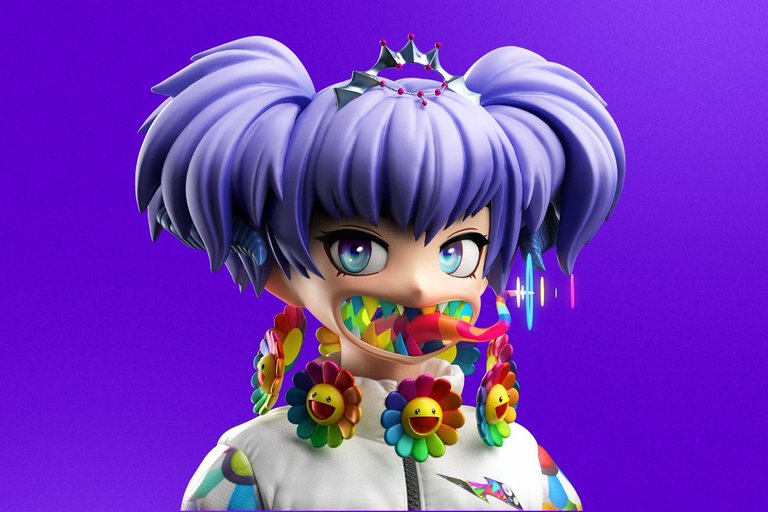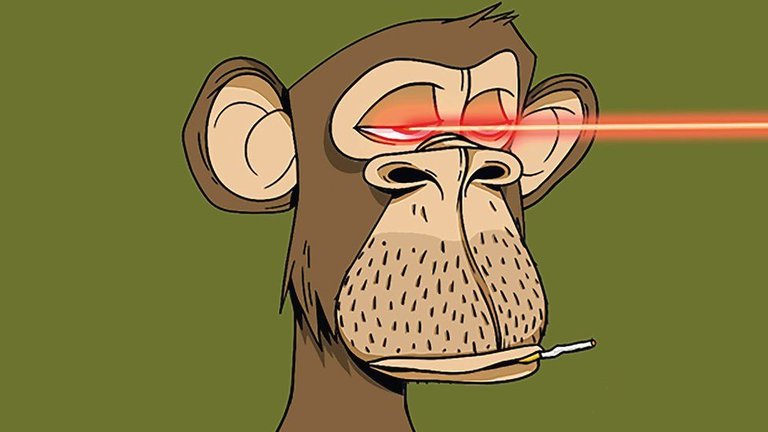The future of NFTs is here, and it’s already a phenomenon. This is because NFTs are not only scalable, but they boast the potential to transform how people value things.
The birth of NFTs came with the rise of the cryptocurrency world in late 2018. Cryptocurrencies surpassed fiat currencies as the most widely used means to purchase goods and services. They brought a new form of value to economies worldwide, which has led to an exponential growth in the number of cryptocurrencies.

[image credit](RTFKT Studio)
This has also led to an explosion in trading activity for cryptocurrencies, which has caused prices to skyrocket. The financial crisis that hit Europe at the end of 2008 was caused by banks devaluing their own currencies, which resulted in their inability to function as normal markets did.
NFTs have arisen from this new trading environment, offering a way for people who don’t have access to traditional financial markets to stand up for their rights and protect themselves from financial fraudsters.
*The technology that fuels NFTs is Ethereum (ETH) and some other blockchain network supporting NFT minting, a blockchain based digital currency platform that is being used as a store of value, means of payment and asset backing mechanism for many different types of tokens. The platform allows people who are not involved in traditional financial markets with more complex characteristics that make them stand out from other kinds of assets on the market, because these are intangible properties with attributes that cannot be easily quantified by monetary means alone.

Non-fungible tokens (NFTs) are a relatively new paradigm in blockchain. NFTs are individual tokens that are not interchangeable with other tokens. If you own a token, you can prove that you own it. You can't own half of a token. NFTs are a new asset class, allowing for tokens to represent a variety of in-game items, such as in Splinterlands cards among others, or other physical items, such as a house deed. NFTs are a part of a blockchain and can be traded on an exchange, unlike a physical item. More and more people are coming up with new and exciting ways to use them. Some games are making their in-game items Ethereum-based tokens and on other blockchain networks.
NFT, is a digital asset which possesses intrinsic value based on its uniqueness and cannot be copied or duplicated. For example, in poker, a rare chip can be worth more than a common one. In other words, they are more valuable than their physical counterparts.
While NFTs they are also being utilized by designers who are creating fashion pieces and collectibles. Since they don’t exist in physical form, they possess additional value to collectors and investors because of their rarity.
The NFT market is currently valued at $60 billion with over 80% of that market dedicated towards collectables. The world’s largest data marketplace and solution provider for non-fungible tokens is known as GameCredits Inc., and has recently announced the launch of its own NFT platform called GXN Tokenized Assets . GameCredits had previously been working on this platform for a while before trying to secure funding from investors. you can check gamescredits.org.
Future of NFTs
Blockchain technology is making the world’s supply chains more reliable and transparent. The technology has created a way for businesses to build their own supply chains and use blockchain technology to streamline their operations. In the future, it will be possible for any business to create its own NFT tokens, allowing them to exchange value with other companies or investors.
But what if NFTs could be used for anything besides a tokenization of assets?
What if they could represent financial assets, collectibles, real estate, anything that can be traded on an open market?
But why would anyone need one type of cryptocurrency when others already exist? And why would anyone want more than one type? And what does it mean when I say I want my asset tokenized? It means that I want something other than just its value in cash represented as currency on some centralized exchange . All I need is an asset tokenized . There has never been a better time for developers outside the core banking industry who are looking for new ways to engage customers than cryptocurrencies.which can be used across multiple platforms.
Conclusion
NFTs are a new, exciting development for the crypto community and one that is still in its infancy. The NFT market is still growing and as of August 2018 there were more than 120 different NFT tokens. Many of them are powered by the Ethereum blockchain and are presently traded on cryptocurrency exchanges.
It’s hard to predict where this market will go or how it will change over time. There’s no right or wrong way to build a token. A token doesn’t need to be created with intellectual property rights, patentable inventions, or any specific technology in mind. Just like products that we buy today can be made available the old fashioned way; the same applies to tokens such as NFTs.
One thing that’s certain is that cryptocurrencies like Bitcoin and Ethereum are not without risk or potential harm on their own; but when combined with other digital assets, they become extremely valuable because of their scarcity value due to their limited supply.